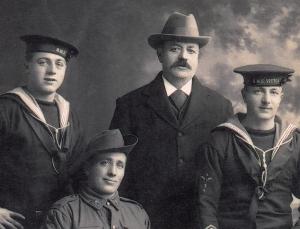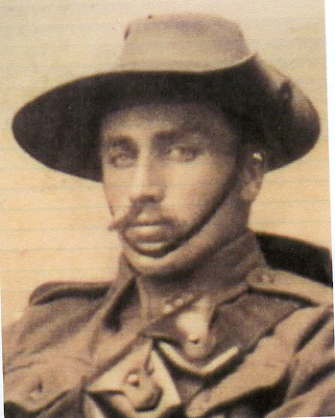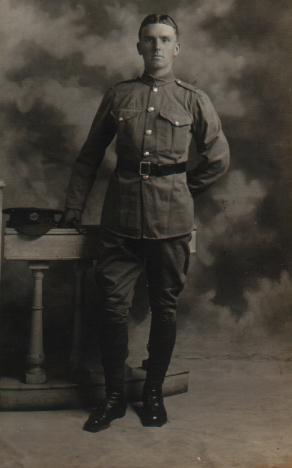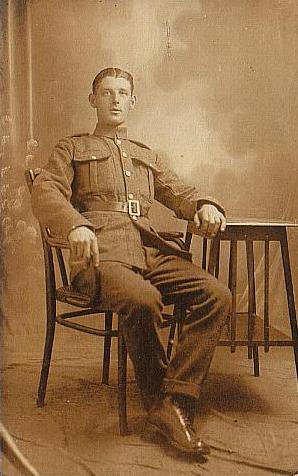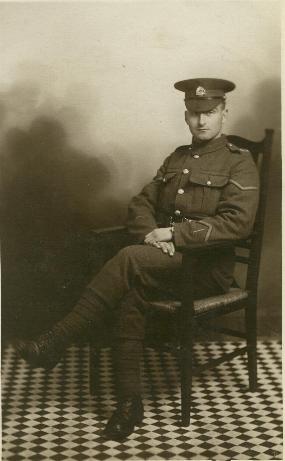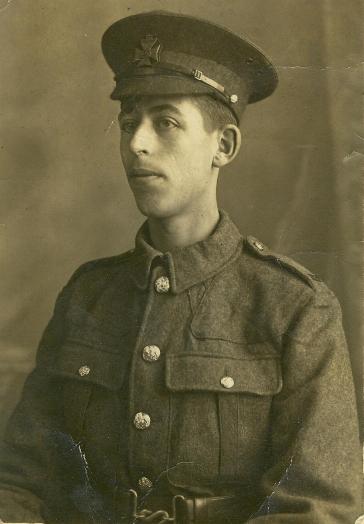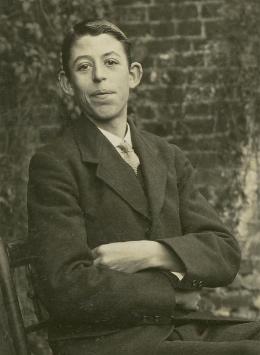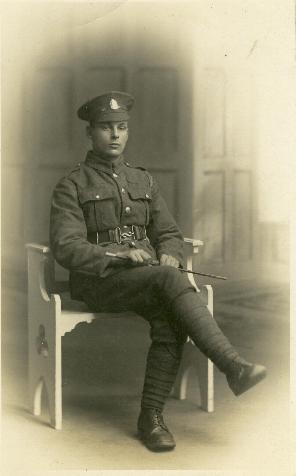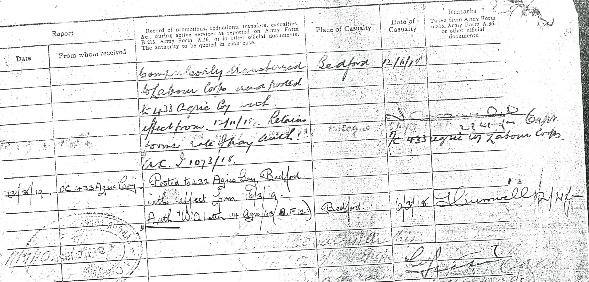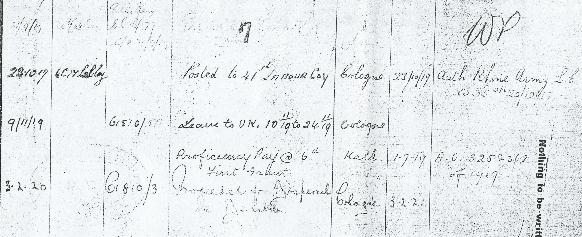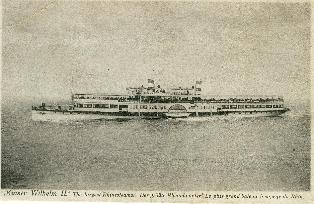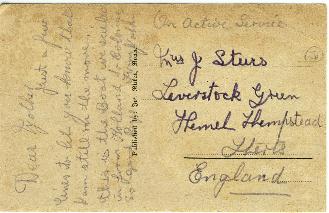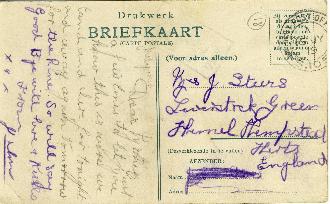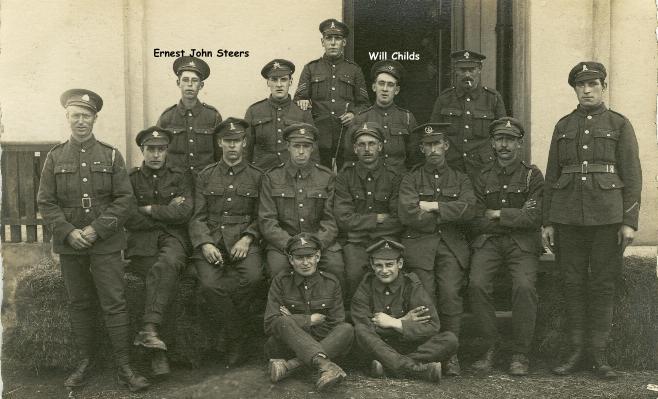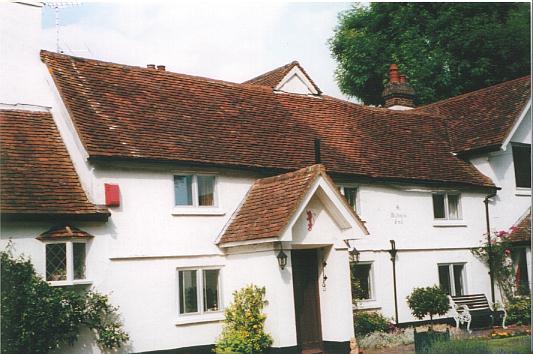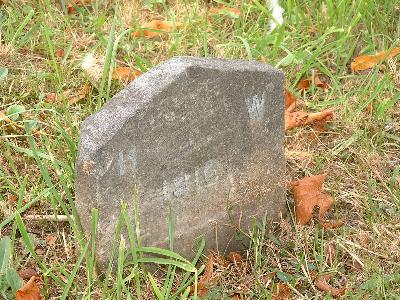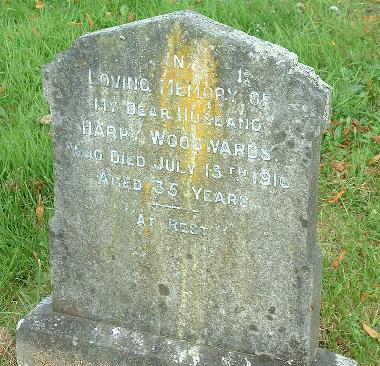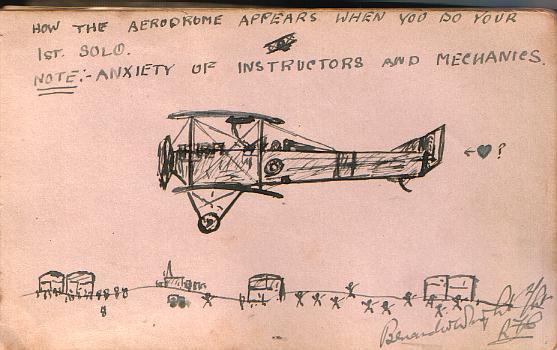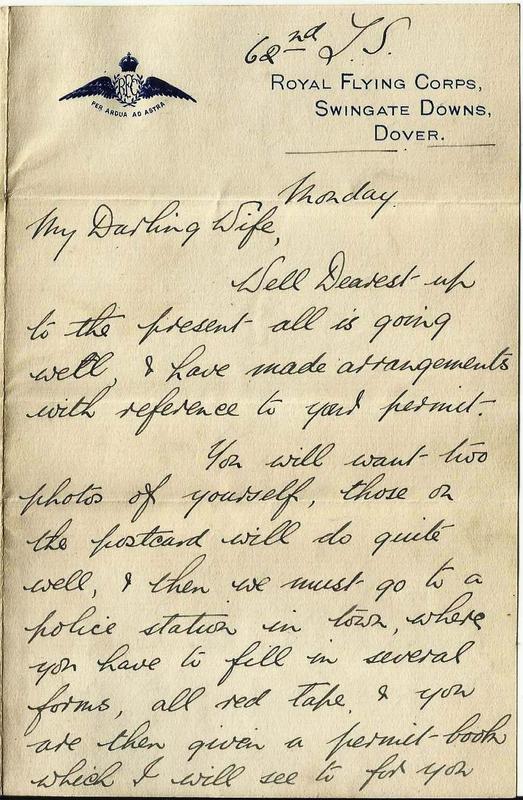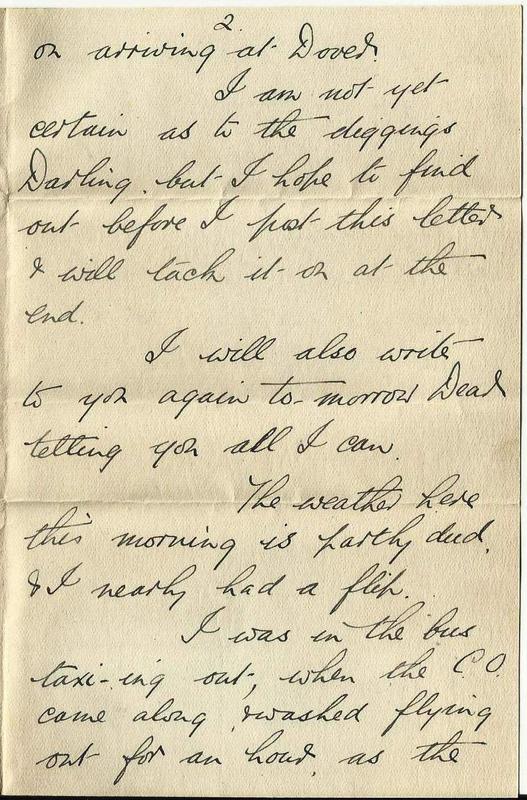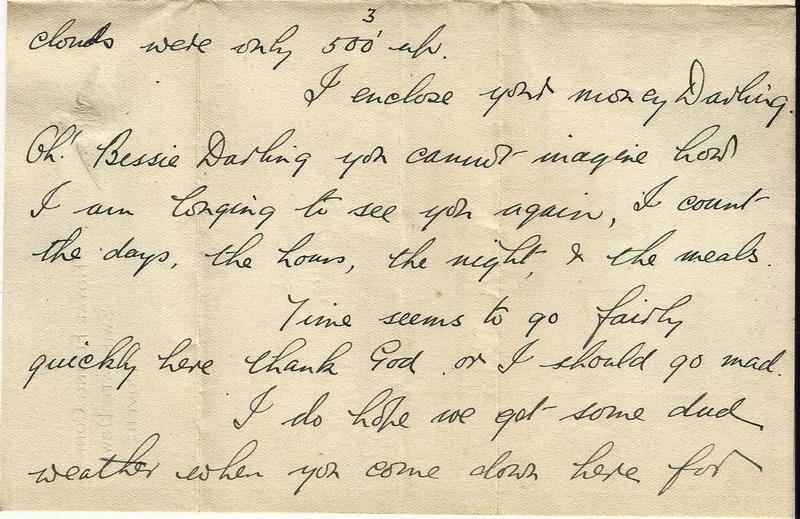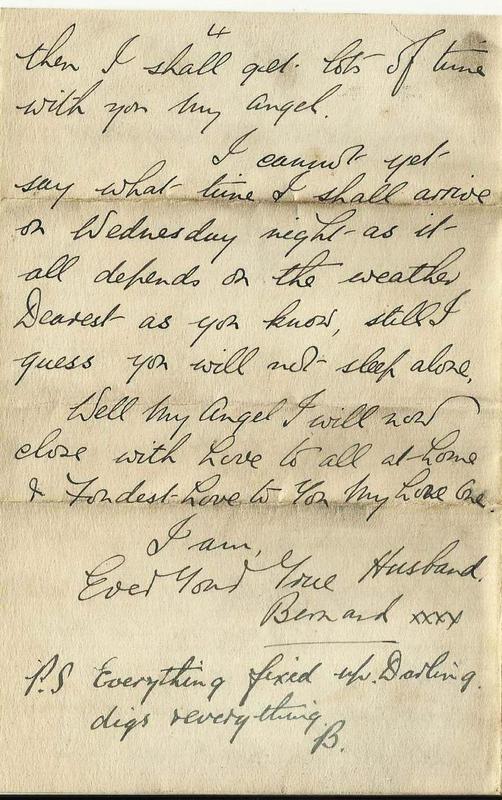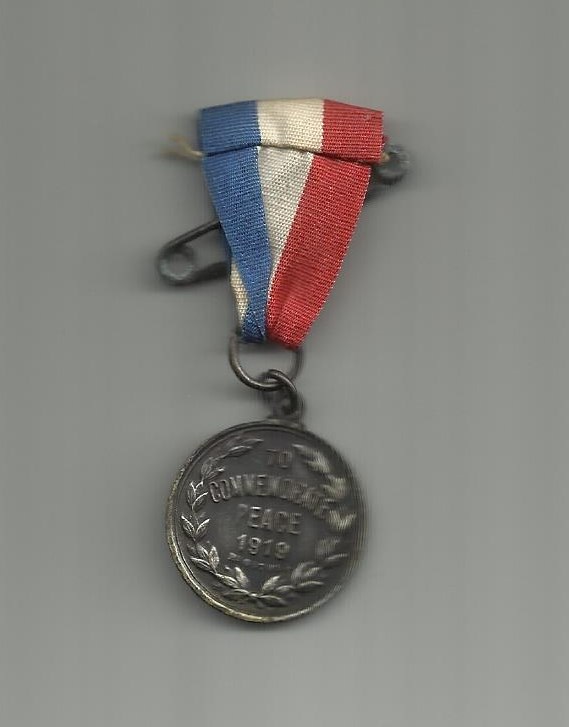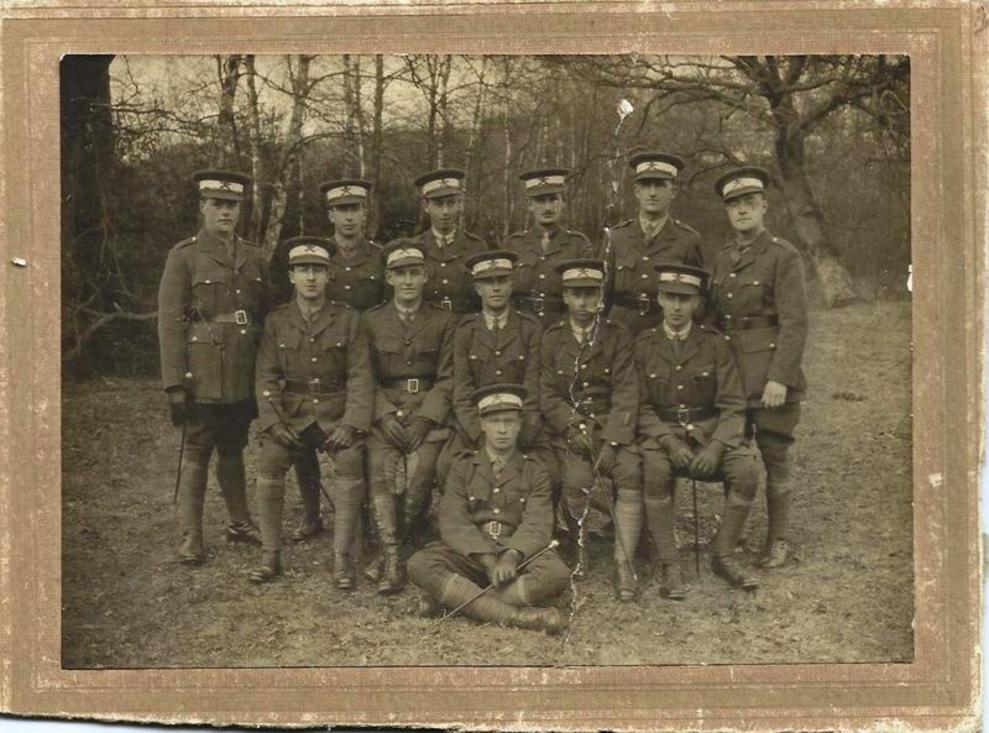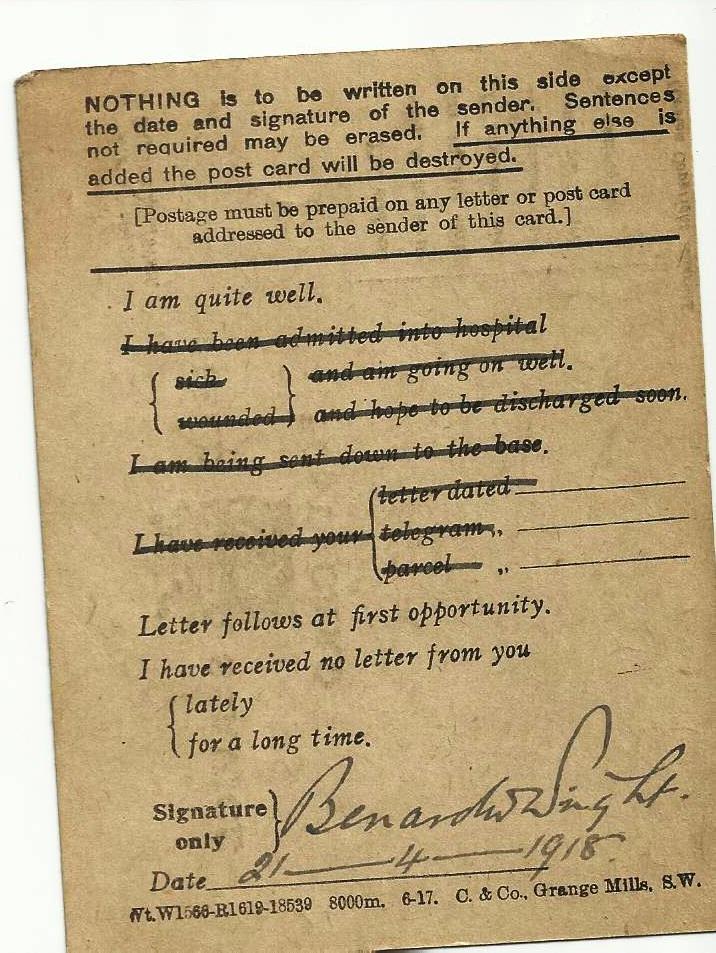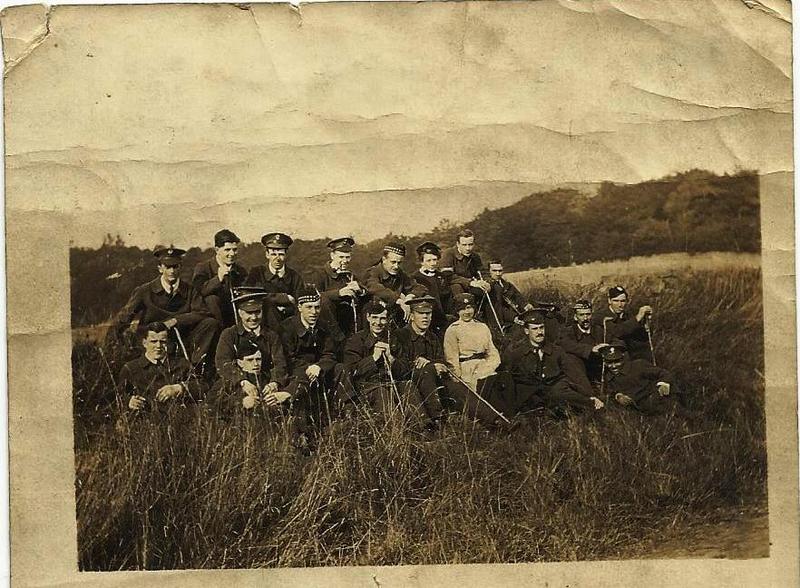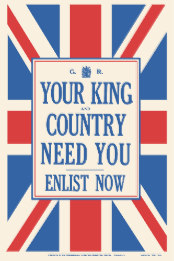THE LEVERSTOCK GREEN CHRONICLE
an in-depth history of one village in Hertfordshire UK.
SERVING KING & COUNTRY I c
Leverstock Green Men Who served their country in the Great War of 1914~1918
SURNAMES SHADBOLT TO WRIGHT
IF YOU CAN ADD TO THE INFORMATION ON THIS PAGE,
PARTICULALY WITH PHOTOGRAPHS OF THE MEN & WOMEN CONCERNED, PLEASE CONTACT ME.
Shadbolt
- New Army
- enlisted 1914
Shapcott, B L
- Kitcheners Army
- enlisted by Feb 1915
Sharp, Harry
- enlisted Royal Navy by May 1915
- son of William & Alice Sharpe of Church cottages. (William previosuly our village Policeman)
- Wearing cap of HMS Victory in photo. See comment in yellow/red box below.
Sharp, W - [See next box and yellow/red box]
- Royal Field Artillary

- enlisted by May 1915
- son of William & Alice Sharpe of Church cottages. (William previosuly our village Policeman)
Sharp, John (was misprinted as F in Gazette)
- enlisted Royal Navy by May 1915
- d.o.b. 8.08.1899, so would have been well under-age when he enlisted (15+)
- known as Jack
- son of William & Alice Sharpe of Church cottages. (William previosuly our village Policeman)
LEFT: Winnifred Sharp and ?. The photo was unmarked and always supposed to have been her brother Harry - but as far as we can tell Harry was in the Navy. Briother Will was in the army, but we now know from the Australian war records that Will was discharged in 1919 as esentially a Private - rank given as Driver. Win married a Tom purvis, so maybe it was him? Or possibly Tom Steers (see below)
Simonds,M J
- New Army
- enlisted 1914
Simonds, S
- Army Service Corps

- enlisted by Feb 1915
Smith,F J
- Colour Sergeant
- F J Smith

- youngest son of the late Mr John Smith of Leverstock Green
- wounded at the Towe Hamlet Ridge Battle on September 22
- in hospital at Northampton, October 1917.
- This the second time the sergeant was wounded. [Gazette 6th October 1917]
- Mentioned (preesumably in error) as having died whilst in service (Gaz Oct 14th 1916)
Sharp, Will
- enlisted 3rd Sept 1914, Australian Imperial Force
- Number 28586
- embarked HMAT Ulysses 25th October 1916 in Melbourne
- Gunner in 23 Howitzer Brigade at time of embarkation
- had previously served "at the front line", presumably either Ypes or Anzac.
- returned to Leverstock Green to visit somtime in 1916
- training on Salisbury Plain, spring 1917 - presumably as part of the then new 6th Division which was forming, though he gave his address as the 1st Division in a letter to his sister in Canada.
- visited Leverstock Green sometime before May 1917. (See letter) It is (presumed the photo(R) was taken at this time)
- returned to Australia 4th June 1919
- Driver in 6th Army FAB on demobilization
- son of William & Alice Sharpe of Church cottages. (William previosuly our village Policeman)
LEFT: William Sharp and three of his sons: (R-L) Jack, Will & Harry. It is presumed this photograph was taken in about May 1917 when Will visited "the Green" during the period he was training with the Australian Imperial Forces on Salisbury Plain. - see letter.
WILL'S LETTER TO HIS SISTER ALICE: (Click to enlarge photos above)
York Hill








 March 11th 1917
March 11th 1917
Salisbury Plains
Dear Sister
Just a few lines in answer to your letter which I have received about 5 years ago sorry I have kept you waiting so long but better late than never . I got your address from Bess so am just writing a few words to you and Len hope both of you are doing well also the children as I hear you have a few. I have only the one and that is all I am going to have might start again if I have the good luck to get back again. I expect I shall be going back to the front very soon now so I hope I had as much luck as I had before since I been in since the war started and only hit once so have not done so bad.
I got a trip home last year and was home for a few months. I wish now that I had stopped at home, but I suppose now I will have to take my chance again. You may now have received a letter from Clara, she has your address and I have one of your photos and it is a very nice one of you. I am quite pleased with it. I told Clara to send you one of ours we had them taken together while Iwas home. You might let me know if you have received one or a letter ( that is if you answer this letter, but don’t take as long as me dear sister) from home. Well Alice I have not much news, only this is a rotten camp nothing else but Mud I shall be glad when I get out of it. I went to see everyone when I was up in London and down the Green, had one night at Dad’s place. Our stepmother Dad and her seem to be quite happy. I was made quite welcome while I was home, also saw Nell & Win. Happened to get a Sat night dance went to Hemel Hempstead got drunk and kicked up plenty of fuss and ended up kicked out of the town. I had a pony and trap they put me in and started the horse home and arrived home safe but I don’t know how. I expect the pony new the way. I expect it was all over the Green the next day you know how the News soon spreads there.
Well Alice, I hope you and Len are both enjoying the best of health over in that cold country. I would sooner have Australia it is much warmer so with these few lines I will close with best Brotherly love I remain your own loving Brother Will.
Goodbye from me
SHARP BROTHERS DURING THE GREAT WAR
Disentangling some of the details concerning the Sharp family has had its difficulties. Evidence from the Gazette showed H Sharp – RN, & W Sharp – RFA to be “Serving their King & Country” on 6th May 1915. The following week the Gazette said the following members of the Sharp family (miss-spelt with an “e”) were away fighting: F. Sharpe – RN, H Sharpe – RN, W Sharpe - Royal Field Artillery.
A photograph showed Will Sharp to be in Australian uniform – not the Royal Artillery – and John (also in the same photo in naval uniform) would only have been 15 at the outbreak of war, and would still not have reached his 16th birthday by May 1916. However, many young men were known to enlist before their 18th birthdays, and perhaps he enlisted with his elder brother Harry, as they were both in the navy.
From a letter to his sister Alice (who had emigrated to Canada with her husband Len Seabrook in 1912), we know that Will was in this country in May 1917, and visited Leverstock Green, when we think the photograph was taken, and during which brief time he made his presence felt! (See letter) From his Australian embarkation and demombilization records gleaned from http://www.awm.gov.au/find/index.asp we can see he made it back to Australia unscathed in 1919, and indeed went on to have two more children.
The second Gazette entry which quoted an F Sharp I presume to be an error, which should have read J sharp. The Rev Durrant was the Gazette’s correspondet, and his writing was appalling and often illegible in the contemporary documents I have seen. In the flowing copper-plate like script he (tried to) used, a capital J and a capital F would have been very similar, the only difference being a small horizontal line across the J like sqirl, and with his poor writing its easy to understand how the mistake was made. It does, however, look as if John ( or Jack as he was know) had signed up whilst still only 15!!!!
Another Sharp brother was Charles, and he too had emigrated to Australia. We have as yet no confirmation of his war record, but presume the photo shown to have been of him.
The photo of William with his three sons, is further intriguing as Harry is wearing the naval cap with HMS Victory (or possibly Victoria) inscribed upon it. At the time of the first war, Nelson’s flagship (and as she is still commissioned there has been no other of her name since) was a harbour vessel, not being based in dry dock in Portsmouth as today until 1922. If the ship Harry was on was called the Victoria, that too makes little sense, as the last in the line of ships named Victoria, had been sunk in 1883. It is therefore more likely to have been the Victory, but I presume therefore that the sailors based on her were not fully combatant.
RIGHT: Charlie Sharp
Smith, Harry
- 6th Queen's Own (Royal West Kent Regiment)
- L/Corp KIA 19.9.1918 in France


- memorials: Leverstock Green, Hemel Hempstead, St Mary & St Joseph's RC Church, Boxmoor; Vis-en Artois Memorial
Steers, Thomas
- no info. other than the three photos
Stears, F
- 1st Herts Regiment
- enlisted by May 1915
Information Re Harry Smith, Stears & Steers Families
There are over 4,000 H Smiths listed by the Commonwealth War Graves Commission, as having died during WW1. Although the details left appear to be thre most likley match, it is just possible that the details refer to a different H Smith.
In Leverstock Green at the time of WW1 there were at least two seperate families called Steers with 2 x ee's (though they were related), and a further family called Stears with an "a".
Stears, W
- 1st Herts Regiment
- enlisted by May 1915
ABOVE & LEFT: Thomas Steers
Steers, W
- Bedfordshire Regiment
- enlisted by May 1915
Steers, J
- Bedfordshire Regiment
- enlisted by May 1915
Steers, Ernest John (known as John)
- Conscripted 17th July 1917 ( day after his 18th birthday)
- attached to the Kings Royal Rifle Corps. (See capbadge on photo below)
- 2.8.1917 – He was at Dovercourt Military Hospital, Parkeston, Colchester. Graded Cat BIII – only fit for non-combatant duties.
- 17.10.1918 Agricultural Coy. Labour Corps, Kempson, Bedford for all purposes ……..
- 15.10.1918 KRRC Transfer of Rifleman Steers from KRRC to 693 Agricultural Company on 17.10.1918 Medical Category Blll Trade shown as Farm Hand
- 17.10.1918 Attached to 433 Agricultural Company from 51st K.R.R. under ACI 998 of 1918
- 12.11.1918 Transferred to LC with number 670270 and posted to 433 Agricultural Company and retained formed rate of pay.
- 13.03.1919 Posted to 432 Agricultural Company with effect from 16.03.1919
- ?? Pte Steers 13 Illegible section covered by Labour Corps stamp
- 01.07.1919 Proficiency pay @ 6d, a day – A.O. 325 of 1919
- 14.07.1919 Posted to 715 Labour Company
- 30.07.1919 Posted to 30 Labour Company Cologne
- 21.09.1919 Posted to 17 Labour Company
- 23.10.1919 Posted to 41 Labour Company Cologne
- 10.11.1919 Leave to U.K. 10.11.1919 to 24.11.1919
- 03.02.1920 Dispersal prior to demobilisation.
- 20.02.1920 Protection Certificate prior to demobilisation.
- 9.3.1920 Demobbed in Nottingham. Home address Leverstock Green.
ABOVE: Ernest John Steers
BELOW: Rifleman Ernest John Steers 1917
RIGHT & FAR RIGHT: unmarked photos beleived to be members of the Steers family. The young men appear in other local photos so undoubtedly come from Leverstock Green.
Two Extracts from Private Steers' War records,
BELOW :
Postcards sent by Pte Steers to his mother & other members of his immediate family, whilst en route for, and serving in Cologne with the Army of Occupation.
LEFT: This photograph, which includes both Ernest John Steers, and also we are fairly certain, Will Childs. Some of the men, including John Steers, come from a variety of previous regiments & battalions as can be seen from their hat badges. Others are wearing the badge of the ortiginal Labour Company which wasn't formed until 1917.
Judging by the hay bales, John's initial statement on enlistment that he was a groom/gardener, and other evidence discussed with the webmaster at the Labour Company website, we believe the photo to have been taken in Germany with the Labour Company, and that the men were acting as grooms or stable hands, taking care of the many horses stationed on the Rheine with the army of occupation.
Stock, H
- Royal Garrison Artillery
- enlisted by March 1916
Taylor, Frederick
- Private KIA 15 Sep 1916 at the Somme,
- aged 34


- 8th Bedfordshire Regiment

- Memorials: Leverstock Green, Hemel Hempstead,Thiepval Cemetary

- Husband of Kate.
Thorne, Edwin
- New Army

- KIA 23.10 1918 at le Cateau,
- aged 25
- enlisted 1914
- Private 2nd Bedfordshire Regiment

- Memorials: Leverstock Green, Hemel Hempstead,Highland Cemetery
- Son of Walter Thorne
Thorne, Sergeant
- Royal Field Artilary
- enlisted by May 1915
Timson, George Albert
- 6th Bedfordshire Regiment
- Private, KIA 23.4.1917.

- Memorials: Leverstock Green, Hemel Hempstead, John Dickinsons,Arras memorial

- From "The Red Lion"
- Formerley employed at Nash Mills
St Michael's End, formerly The Red Lion PH
Mrs Eliza Timson was the Landlady before, during and after the war.
Timson, J
- Bedfordshire Regiment
- enlisted by March 1916
Turner, Lance Corporal
- Royal Fusiliers
- enlisted before 1914
Webb, Walter

- enlisted by May 1915
- originally in Army Service Corps
- KIA in France 4.2. 1917, aged 36.
- L/Corporal 4th Bedfordshire Regiment

- Buried Ancre British Cemetary
- Memorials: Leverstock Green, Hemel Hempstead

- Born in St. Albans.
- Husband of Jane
Warren
- Army Service Corps
- enlisted by Feb 1915
Webster, R
- Royal Fusiliers
- enlisted by Feb 1915
(Percy Webster of Sibley's Orchard had 2 sons: Malcolm R. Webster, & Bernard Webster. There were no other Websters to my knowledge in the village. I think it probable that either the first entry in the Gazette should have read B not R Webster, or else, it should have read M R Webster.)
Webster, Bernard
- Royal Fusiliers
- enlisted 1914

- had obtained rank of 2nd Lietenant, when home on leave Jan 1918
West, Arthur
- KIA,
- mentioned on school memorial
Wombwell, Herbert


- Private, Machine Gun Corps
- Died of wounds 21.7.1918 aged 19
- Buried Terlinthun British Cemetary
- Memorials: Leverstock Green, Hemel Hempstead, Marlowes Baptist Church

- Son of Elizabeth of Fulbourne Camridgeshire.
- Originally from Thriplow Cambs.
- Also interesting to note that according to the Holy Trinity Church Banns book, his brother Sidney George Wombwell of the parish of Papworth in Cambs. married Edith Maud Persey from Leverstock Green in June 1920 (last banns called May 30th 1920)
Woodwards, Harry
- Grenadier Guards
- born Leverstock Green.
- son of James & Hannah Woodwards
- Joined the army in 1900
- Rejoined again at the start of war but became seriously ill in France and was invalided home to New Southgate where he resumed his occupation as an asylum assistant at the London County Asylum.
- However, the illness returned and he subsequently died on 13 July 1916.
- aged 35
- Buried in Holy Trinity Churchyard
Wright, Bernard W
- Son of Robert William Wright, the Wheelright, undertaker and Parish Clerk. Attended LG School moving to a Higher Elimentart School in Watford 1908. Member of LG Boy Scouts
- Enlisted 13 November 1915
- 28th battalion 2nd Royal Fusiliers on enlistment
- Promoted Lance Corporal 19 Jan 1916
- Promoted Corporal 17 June 1916
- 3 Sept 1915 transferred to 2nd General Scottish Hospital and later transferred to Kelso on 25 September. He was suffering from Tonsillitis which without modern antibiotics was often fatal. He was discharged 4 October
- Overstaying his leave he was charged with “Absent Without Leave”, forfeiting 4 days pay with all leave stopped for 1 month.
- Early Nov 2016 applied for Officers Commission in the Machine Gun Corp.
- 1 Feb 1917 admitted to 2 Officer Cadet Battalion at Pirbright
- Mid May 1917 transferred to No 6 Cadet Battalion in Oxford
- August 1917 selected by Royal Flying Corps for training as a pilot
- End of August 1917 promoted 2nd Lieutenant
- On leaving ground school transferred to 31 Traning Squadron, Wyton, Huntingdonshire and then to a higher training squadron at 62 squadron, Swingate Down, Dover.
- 16 Feb 1918 Married Elizabeth Elford at Greenwich Address given as 74 Benson Street, New Cross, SE 14 following his marriage.
- 26 March 1918 qualified as a pilot
- 1 April 1918 promoted Lieutenant (RFC & Naval Air service amalgamated to form RAF)
- 13 April posted to No 4 Squadron Australian Flying Corp. based at Bruay on the western front flying Camel Scouts
- 30th April 1918 Squadron flew to new airfield at Clairmarais
- 2nd May 1918 Bernard's 1st Operational Flight
- KIA, 4th May 1918 in aerial combat over enemy lines during the 3rd Battle of the Aisle. (Pilots were not allowed parachutes!!!)
- Buried in Outersteene Communal Cemetery near Bailleul France. (Plot 1V Row B Grave 1)
- Son (named for his father) born posthumously in August 1918
- Awarded General Service and Victory Medals
- Belatedly added to LG War memorial (reason unknown)
- Also commemorated on Hemel Hempstead memorial and Leverstock Green School memorial ( now lost) and in the National Roll of Honour for London
HARRY WOODWARDS GRAVESTONES, Holy Trinity Churchyard, Leverstock Green.
ABOVE: Bernard Wright, before leaving for active duties, drew this sketch in Olive Seabrook's autograph book.
WALTER WEBB
Bernard Wright and his wife Elizabeth
I have been in contact with a descendant of Bernard & Elizabeth who very kindly sent me this photo of the couple and scans of letters Bernard sent, and of his medals, wings etc. which you can see below.
This photocard was sent by Bernard to his wife in April 1918.
The photo of troops below was unmarked, but appears to show Bernard Wright at the very front. The uniform suggests it was taken whilst he was a cadet pilot at Aeronautic ground school.
Click to link to principle LG Chronicle web pages.
This page was last updated: June 12, 2019

